In 1976, Peli Products invented a new product category of virtually indestructible protective cases. It’s been a while since then and as one might imagine, Peli’s product offering in the protective case department has diversified significantly over the last four decades.
The original Protector Case™ was followed up by the Storm Case™, which was inherited with the acquisition of Hardigg Industries back in 2009. More recently, Peli launched a new line of lighter-weight cases to compliment the Protector and Storm case lines, called the Peli™ Air.
With all these different case lines, one question we often get asked at Peli is, “What’s the difference between all of them?” Our friends over at PeliUK attempted to answer that question a few years back by comparing the Protector and Storm case lines in a post. In this post, we’ll take that one step further and compare all three case lines to help you understand the difference between all of them and to help you decide which case is right for your needs.
Strength: Which Peli case is stronger?
Although Peli Protector cases, Air cases and Storm cases are all very strong, there are subtle differences in each case line. One example to illustrate this has to do with the latches. We will delve deeper into the differences in the latches later in this post, but simply put for now, the Protector cases have two-step open and close latches, also known as double-throw latches, which in theory creates a stronger seal.
That’s not to say that the seal on Air and Storm cases isn’t strong; Air cases as well as Protector cases are IP67 certified and by mid-2020 all Storm cases will be IP67 certified, too. This means they are both dustproof and waterproof in depths of up to one metre for longer than 30 minutes. That’s all the waterproof protection you’ll need considering the cases have a very high buoyancy threshold, i.e. they won’t be able to be submerged in water for long without being forced to the surface.
Additionally, all the case lines are crushproof, which has been proven through rigorous tests, including using massive vehicles to run the cases over (and they all passed).
What about the materials used to build the cases? That’s a good question. The Protector case is made with copolymer polypropylene, which is a very strong plastic. Our proprietary polypropylene formula provides the maximum possible strength due to a special foaming process during production. However, this strength comes at the cost of a much heavier case.
The weight of each case line is something else we will discuss in more detail later in this post. Nevertheless, we should mention here that the Storm case as well as the Peli Air are made with HPX resin. These cases are slightly less strong than the Protector at high temperatures, but are also lighter.
In the case of the Peli Air (yes, the pun was intended), as mentioned earlier, this case line was designed to be much lighter than the other case lines; up to 40% lighter, in fact. Consequently, one might postulate that the Air case is less protective; however, the Peli Air’s lighter-weight design does not compromise durability. Consequently, the Protector and Storm lines appear to be much more rigid than the Peli Air, but they are no more protective, with all three tested to US/NATO mil-spec standards.
One difference that a user may note is the propensity for the Air case’s plastic to bend slightly. The Air case is moulded from next gen lightweight HPX2™ resin, a proprietary formula that allows for the plastic to bend, but it will rebound without breaking. It bends, but it doesn’t break.
Verdict
Having said all that, although each case line is very strong, due to different materials and case designs there are different levels of strength at various temperatures.
According to Stefan Wolf, Germany Business Development Representative, “We could consider the Protector case to be ‘tank standard’ while the Storm provides a very high level of protection combined with slightly less weight compared to a similarly sized Protector case. And lastly, there’s the Peli Air, which has the best possible ratio of protection and weight saving.”
Protector: *****
Storm: ****
Air: ****
Latches: Which Peli case has the best latches?
The preference as far as the latches of the different case lines goes is partly a matter of opinion. They both do the same things. However, as mentioned previously, the latches in each case line are different and as a result provide a slightly different level of protection.
The difference between the two-step double-throw latches of the Protector case versus the press and pull latches of the Storm and Air is the closure pressure generated by each latch type. The double-throw latches generate a greater pressure seal than the press and pull latches.
Having said that, the press and pull latches are often cited as a deciding factor for many a Peli fan. The Storm and Air cases’ press and pull latches are almost effortless to open and close as opposed to the double-throw latches.
Verdict
The one thing that latches must do on a protective case is keep the case closed. Thus, impact resistance is of utmost importance in this regard. When cases are dropped from great heights, the impact can send shock waves through the case, which can cause the latches of some cases to pop up.
Peli cases with the double-throw latches have been dropped from heights of more than 1.8 meters in military tests (DEF-STAN 81-41) and have proven to stay closed. What this results in is very high level of protection; however, this is also at the expense of comfort and convenience; these cases are harder to open and close.
“Press and pull” is a clever latch system that Hardigg Industries developed for the Storm and has been applied to some Peli Air case models because of their popularity among users. It provides enough closure pressure to meet all the important standards such as IP67 and MIL STD 810G while also providing ease of use. The result being a much more user-friendly latch system. They are also quieter in operation, which is a very important feature on-set for broadcasting and photography professionals!
Strength
Protector: *****
Air: ****
Storm: ****
Comfort
Protector: ***
Air: *****
Storm: *****
Weight: Which Peli case is lightest?
This is a category that has become particularly important in recent times with airline carry-on and checked baggage policies that limit the size and weight of luggage.
Thus, although the Storm case is made with a slightly lighter material than the Polypropylene body of the Protector case, the case line that shines above the rest in this category will undoubtedly be the Peli Air.
As stated previously, the Peli Air was designed to be lighter than the other two case lines. Not only was a newer version of the HPX resin developed (HPX2™), Peli engineers revolutionized the Protector case by reducing structural material while preserving Peli’s legendary standards of strength. The case is designed with honeycomb structural elements that reduce the amount of structural plastic, but are actually stronger than solid polymer material. It is also designed with super-stiff “full-box” sections, which are engineered to create hollow parts, again, reducing structural plastic and thus cutting weight.
Not to belabour the point, but some might be thinking less weight means less protection. Although the Air case’s HPX2™ resin body makes it lighter and less rigid, it is just as strong as the other two case lines. It’s also helpful to keep in mind that the same lifetime guarantee is universally applied to all the Peli case lines, which should give you a hint that the same level of protection is provided from one case line to the other.
Verdict
The material used to construct the cases and the engineering technique is what determines the case weight. The Protector case’s polypropylene shell is much heavier than the HPX resin used to construct the Storm and Air cases. The HPX resin of the Storm case makes it about 20% lighter than a Protector case of a similar size, while the Peli Air’s next generation HPX resin (HPX2™) makes the case up to a whopping 40% lighter.
Protector: ***
Storm: ****
Air: *****
Accessories: What accessories are available with the Peli Protector, Storm and Air cases?
All three case lines have a vast array of accessories that are available to them; however, if there is one big difference in accessories between all the cases, it has to do with a specialized case interior called panel frames.
If you are unfamiliar with a panel frame, we should mention that Peli protective cases can be used to house an electronic panel, which is quite useful to accommodate the needs of electronic engineers and their OEM projects.
One popular type of insert for a Protector case is the panel frame. In Storm cases, these are known as Bezel kits. These inserts allow for the simple attachment of an interface panel flush with the rim of the case.
The advantage of the Panel Frame, and thus the Protector case, is that it is more easily installed than the Bezel Kit is in the Storm Case. This largely has to do with the fact that the Bezel kit requires drilling into the body of the case. The drilling is less than ideal not only because it could go wrong, but even if it goes right, it could still affect the waterproof and dustproof protection of the case.
When it comes to panel frames and bezel kits, the Peli Air case does not support either. As a result of reducing structural plastic in the Peli Air to make it lighter, the ribs on the inside of a Peli Protector case, where a panel frame is designed to sit, are not present in the Peli Air. One work-around is to install quick mounts in a Peli Air to provide a platform for the panel frame to sit; however, this takes a bit more work than the installation of a panel frame in the Protector case.
On the subject of case interiors, one of the newest case interiors that was just launched earlier in 2020 is the Hybrid case. The hybrid case combines two case interiors, TrekPak™ dividers and Pick N’ Pluck™ foam. This combination allows for unlimited options to keep your equipment intact, organized and ready to go. One drawback of the Storm case is that the hybrid case interior is only available for the Peli Protector and Peli Air cases.
Verdict
Even with the limitations of a few case interiors in certain case types, there are myriad case accessories that are available for each case line, most of which are available in some capacity or another in each. Peli also provides custom case solutions that can make any interior available for any case type, if need be.
Protector: *****
Air: ***
Storm: ***
Mobility: Which Peli case is best for traveling and transportation?
The ability to move Peli cases around with ease is one of the most important characteristics of the cases. If it wasn’t mobile, it wouldn’t be of much use. Thus, many of the Peli Protector, Storm and Air case models come with both wheels and a retractable extension trolley handle to allow you to pull the case as it rolls along the ground. This makes it ideal for travelling, but more generally, for transportation.
The retractable handle is largely the same in every case line as are the wheels. However, it must be noted that the Protector case line includes the Mobility cases, which utilize much larger, stronger wheels, suitable for rough terrain.
Although all the three case lines have a model that is designed to be a carry-on case for air travel, the Peli Air’s lightweight design makes it perfect for air travel as you will not have to worry (too much) about the weight restrictions of an airline’s checked baggage policy. And if you’re the type that doesn’t trust the airline to not lose your checked baggage, the Peli Air is ideal for carrying on because it’s simply easier to move around since it weighs significantly less.
Verdict
With all of that said, the Peli Protector and Air cases are quite similar in this category. The Protector comes out on top with the Mobility cases, but the Peli Air’s lightweight design is also a plus. The Storm case’s HPX resin shell is also lighter than the Protector’s polypropylene exterior.
Protector: *****
Air: ****
Storm: ****
Aesthetics: Which Peli case looks better?
Aesthetics is largely a matter of opinion. Having said that, the difference between the cases in terms of aesthetics is minimal. Nevertheless, we’ll cover the basic differences briefly.
The latches and handle of the Storm range are always black, as opposed to the Protector and Air ranges, which match the colour of the case with the latches and handles. The distinctive ribs moulded to the exterior of the Peli Protector and Air cases are recessed on the Storm cases. But, aside from those subtle differences, the cases are very similar aesthetically. The Air case, however, does boast a slight stylistic difference with the “conic curve” lid design, which does give it a distinctly sleeker look than the Protector and Storm cases.
One thing to keep in mind is that the material used to make the different case lines will make a difference after a period of use. The Protector’s polypropylene shell is more rigid than the HPX Resin bodies of both the Storm and Air cases, therefore, the two latter case lines are more prone to scuffs and scratches. This by no means will result in a loss of their protective properties, but it could sway one’s consideration on aesthetics.
Again, the difference really just comes down to personal taste. As was stated previously, the lifetime warranty applies to all the cases, so the style of case you prefer is up to you and the level of protection will be largely the same.
Verdict
As the saying goes, beauty is in the eye of the beholder, but if it were up to the writer of this article, the aesthetics debate goes to the Storm case.
Storm: *****
Air: ****
Protector: ***
Price: Which Peli case is the cheapest?
And lastly, we come to price. As Jerry Maguire once said, “Show me the money!” In other words, which one of these cases is going to save you the most money? This is likely to be the deciding factor for a lot of prospective buyers out there and there are slight differences in price between the Protector and Storm cases and the Air case, but they are minimal. Due to the demand of the newly launched Air cases and the revolutionary HPX2™ resin engineering, the Air case is slightly more expensive than the rest. Nonetheless, the price differences of each case are fairly minimal and, of course, the final price is largely determined by the case interiors.
The most important thing to remember here is a Peli case, whether it be Protector, Storm or Air, is the Rolls Royce of protective cases. The prices can sometimes seem a bit steep, but Peli cases are a lifetime investment. They’re engineered for life.
Protector: *****
Storm: *****
Air: *****
Summary: Which Peli case is the best?
| Protector | Storm | Air | |
| Strength | 5 | 4 | 4 |
| Latches (Strength) | 5 | 4 | 4 |
| Latches (Comfort) | 3 | 5 | 5 |
| Weight | 3 | 4 | 5 |
| Accessories | 5 | 3 | 3 |
| Mobility | 5 | 4 | 4 |
| Aesthetics | 3 | 5 | 4 |
| Price | 5 | 5 | 5 |
| Total | 34 | 34 | 34 |
Looking at the table above, we can see that it’s a tie between all three case lines. At the end of the day, the difference and the preference will largely be determined by the user and the user’s needs. The most important thing to remember is that most of what was listed above is secondary to the most important aspect of Peli cases, the protection. Every case line protects what’s inside just as well as the next, so whatever your decision, you can be safe in the knowledge that whatever you put in in your Peli case, it will be protected.
If you’d like to discuss what case is ideal for your needs and speak to a Peli representative, we’d be happy to accommodate you. Click on the button below to see our full case catalogue.
Check out the rest of the posts in this series:
Part 1: What Protective cases are and why you need one
Part 2: Deep dive into Peli case interiors
Part 3: Who typically uses Peli cases




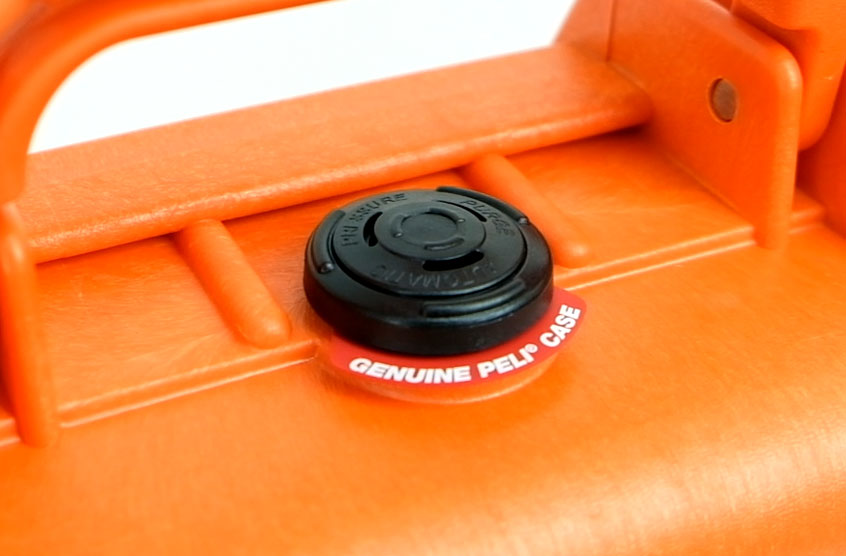
.png)

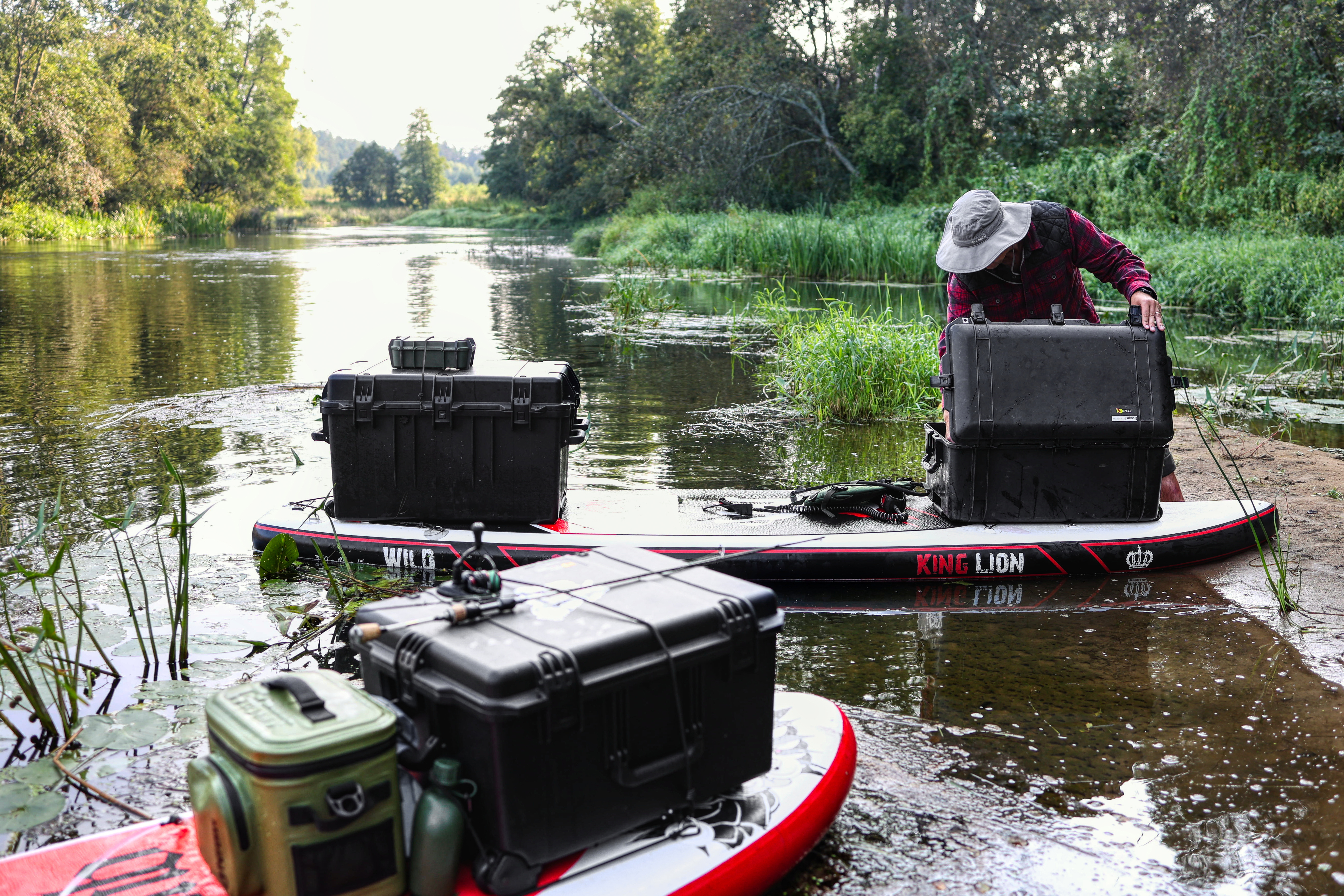
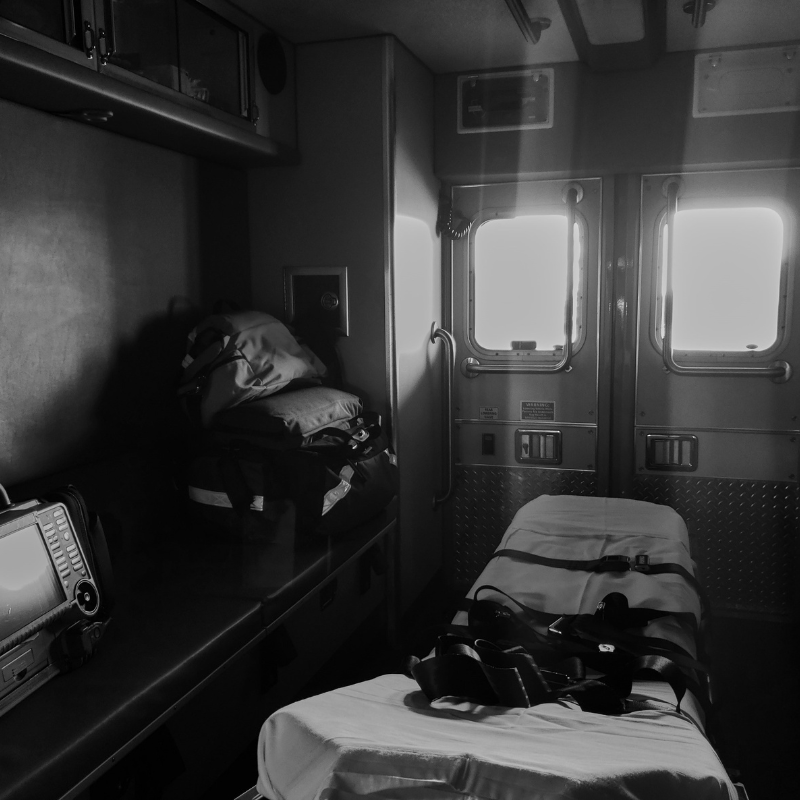



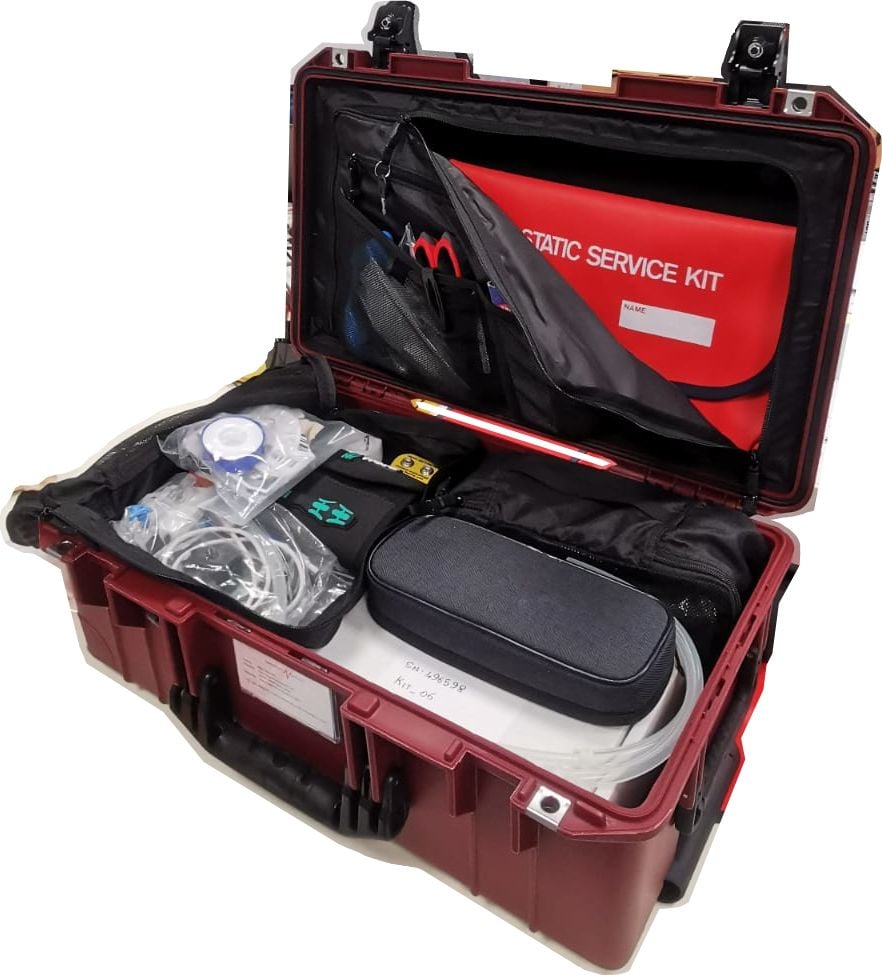

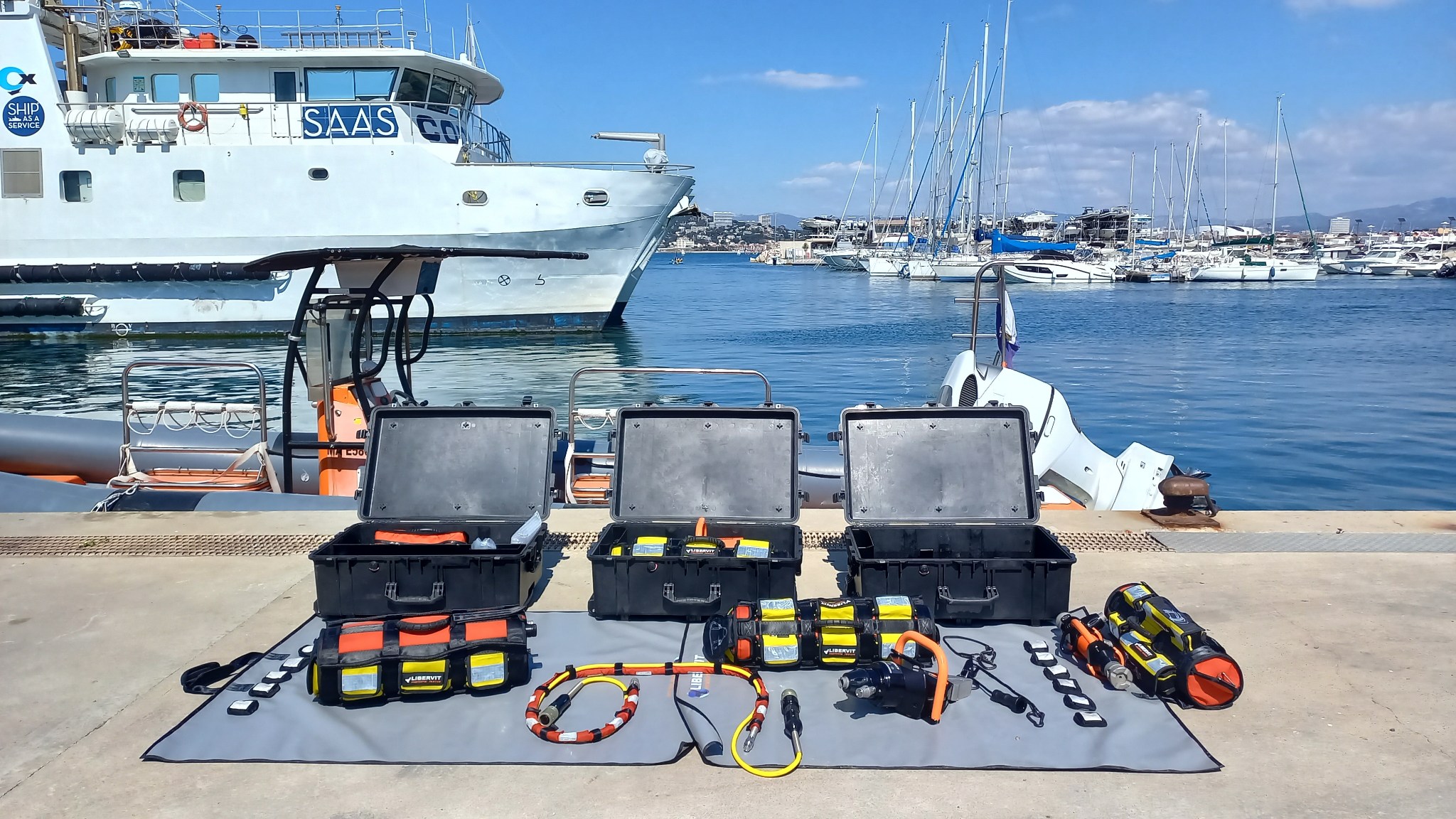
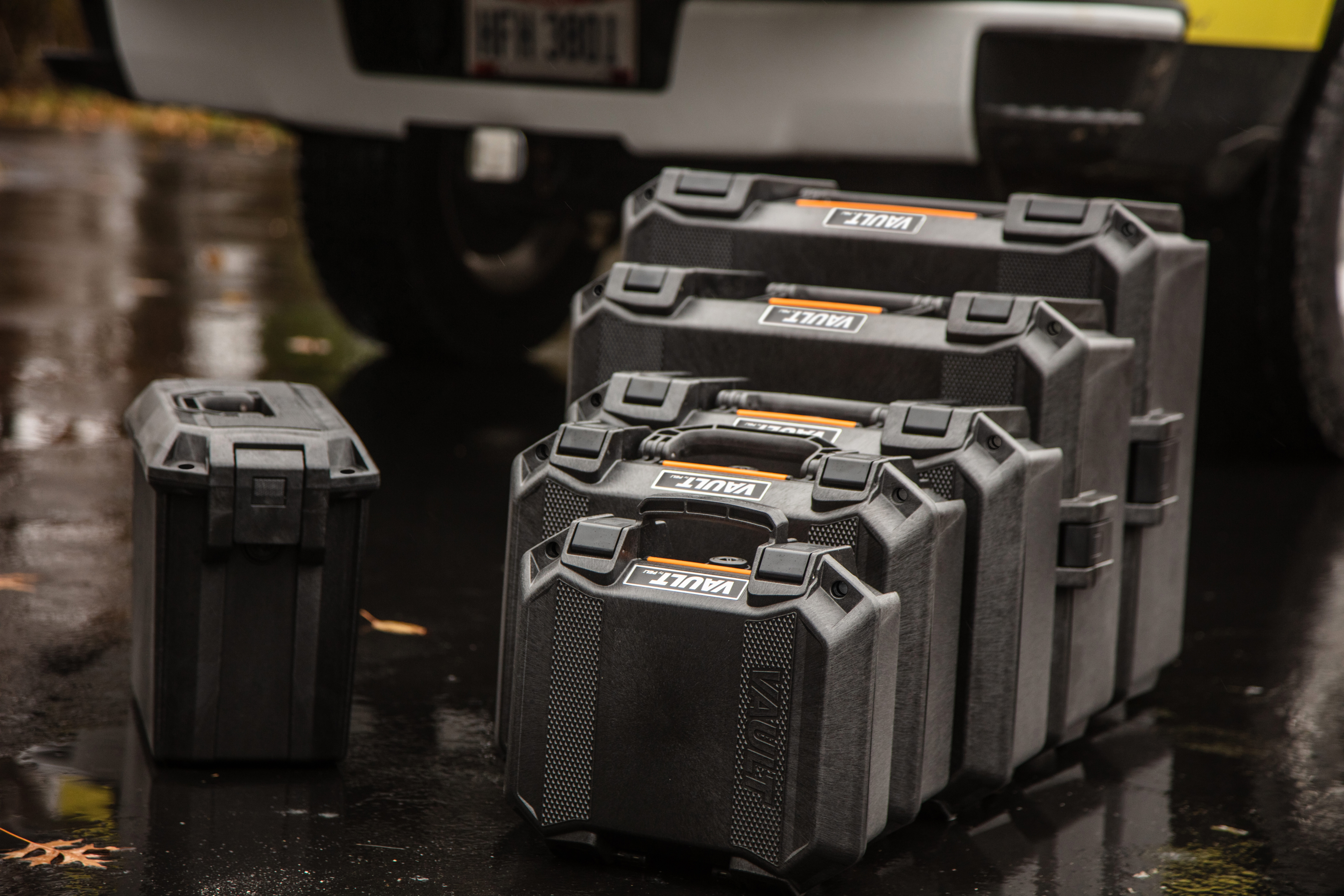
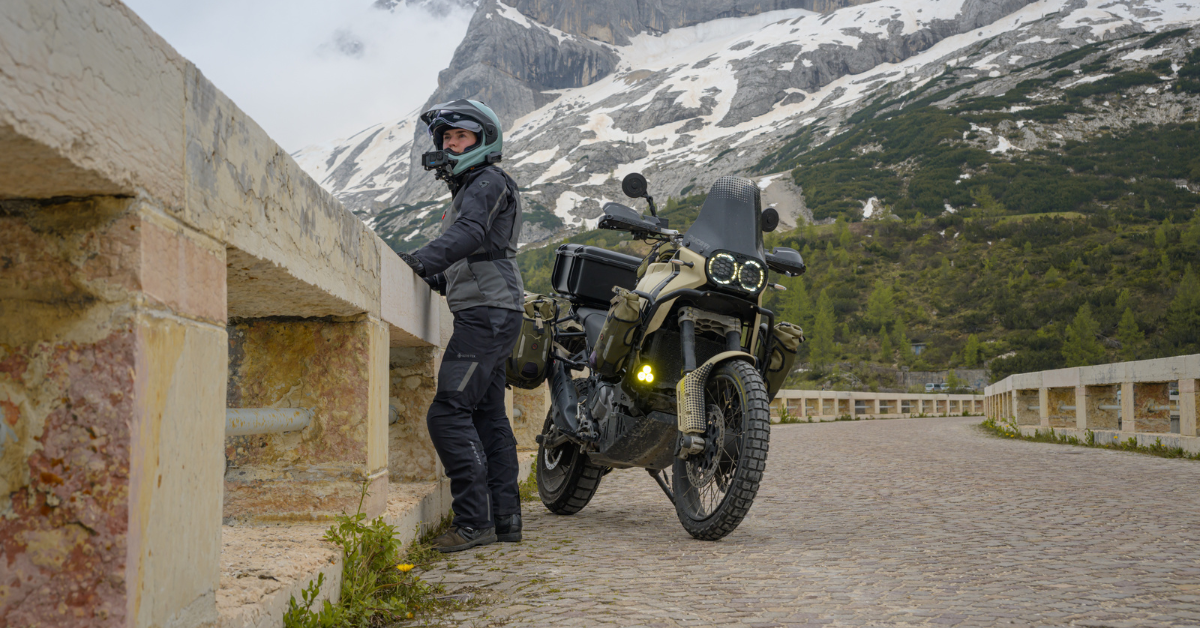
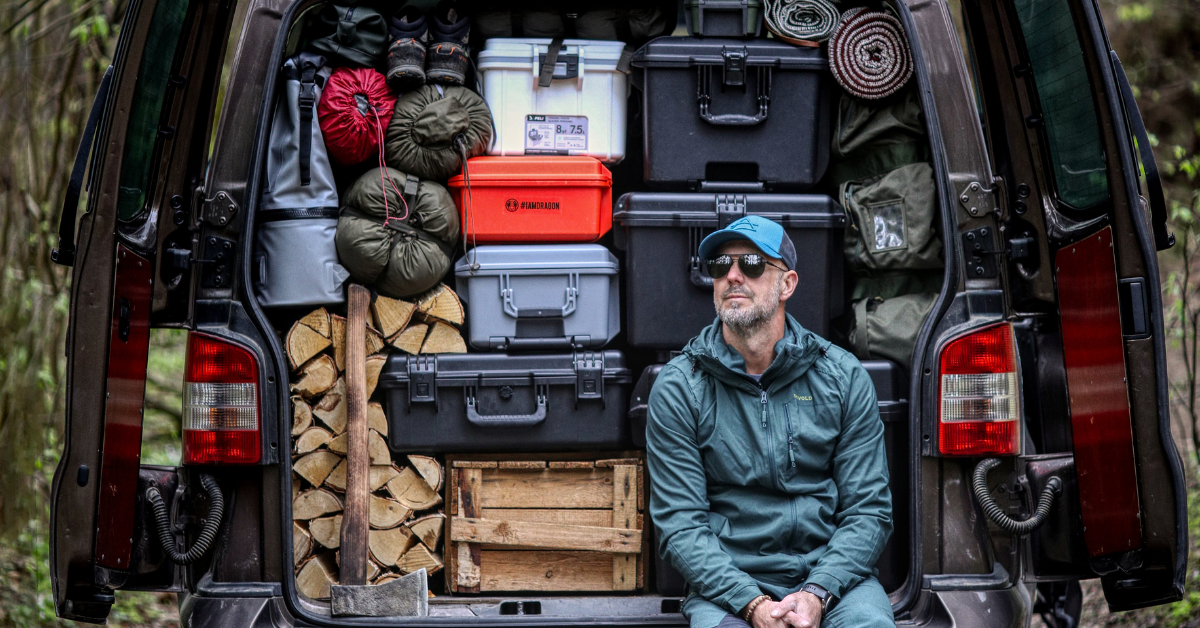
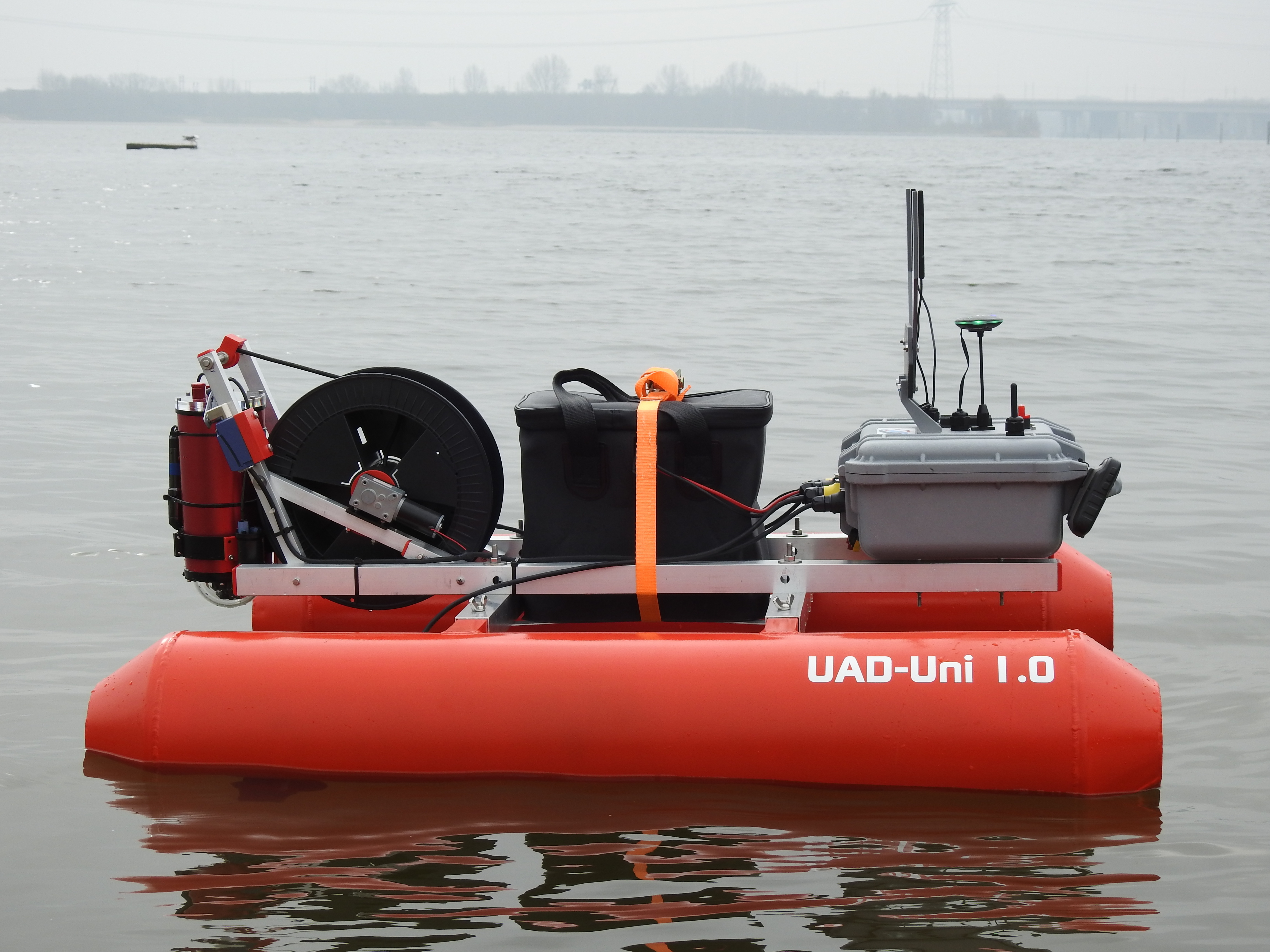

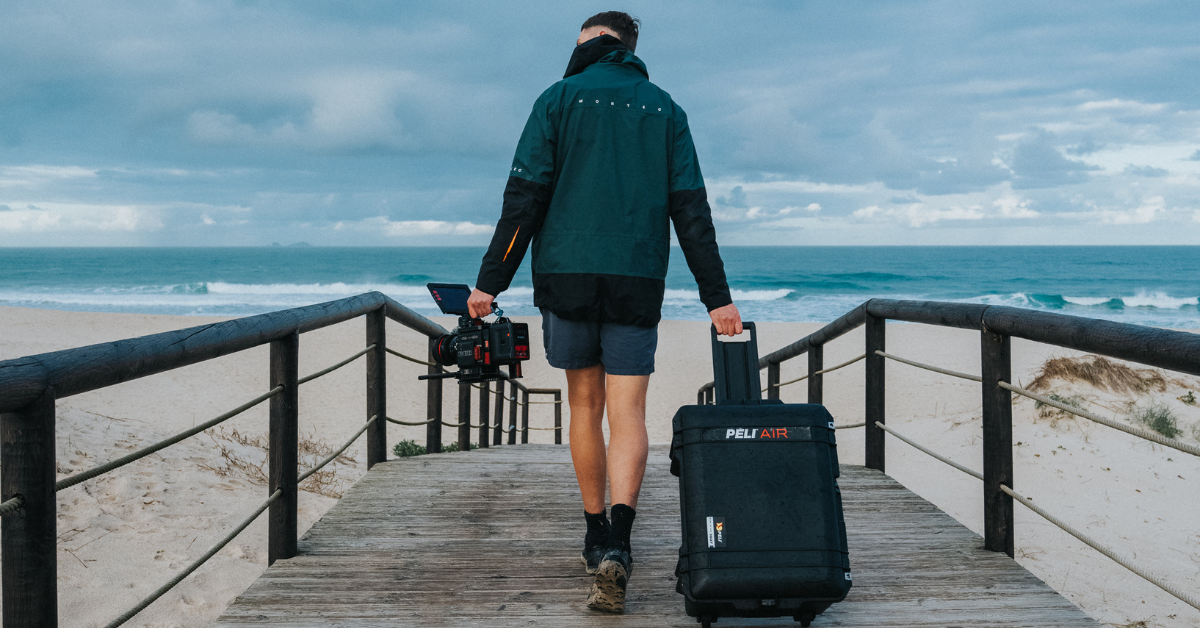
Post a comment